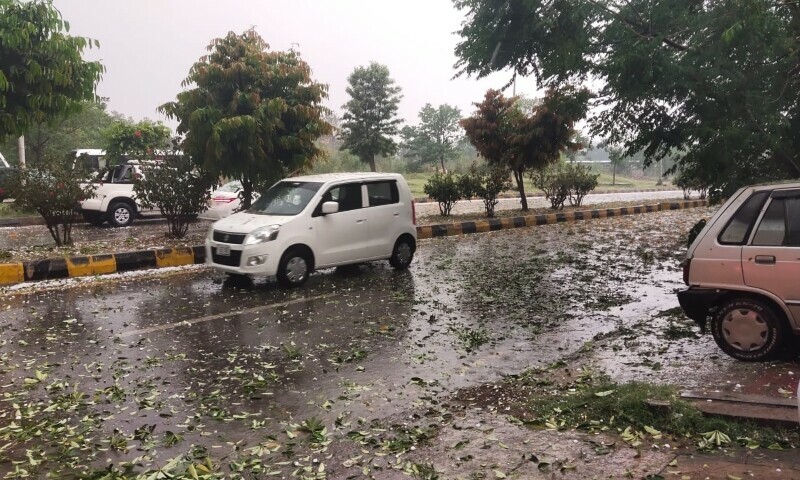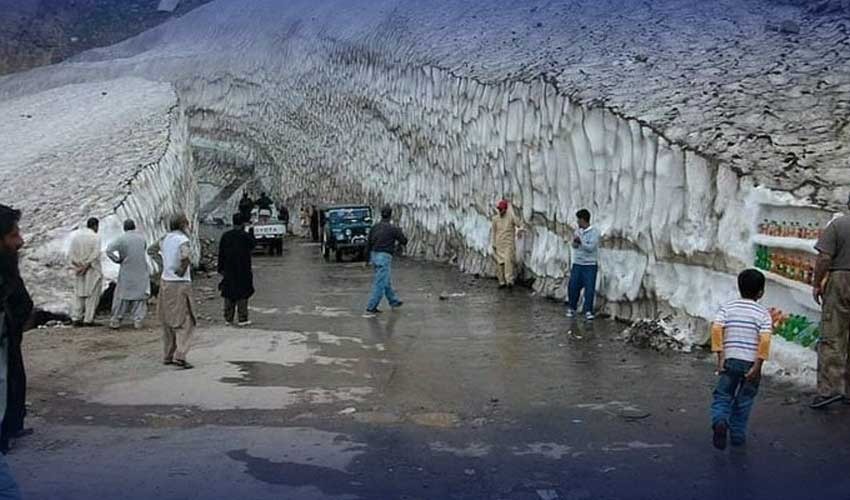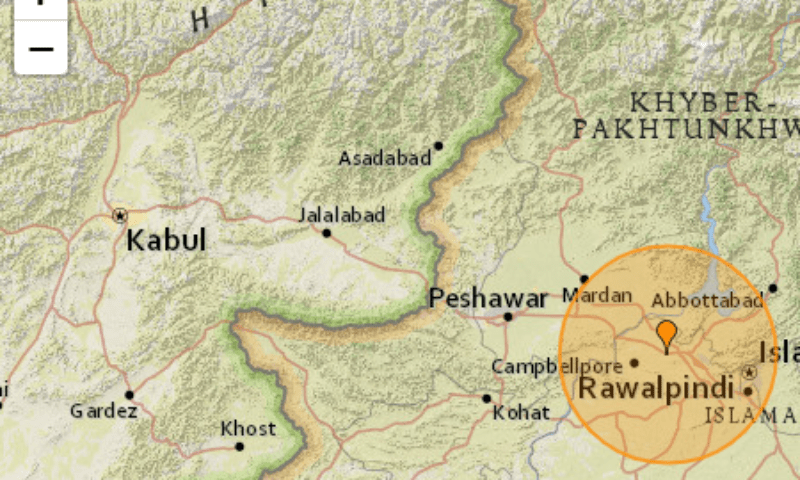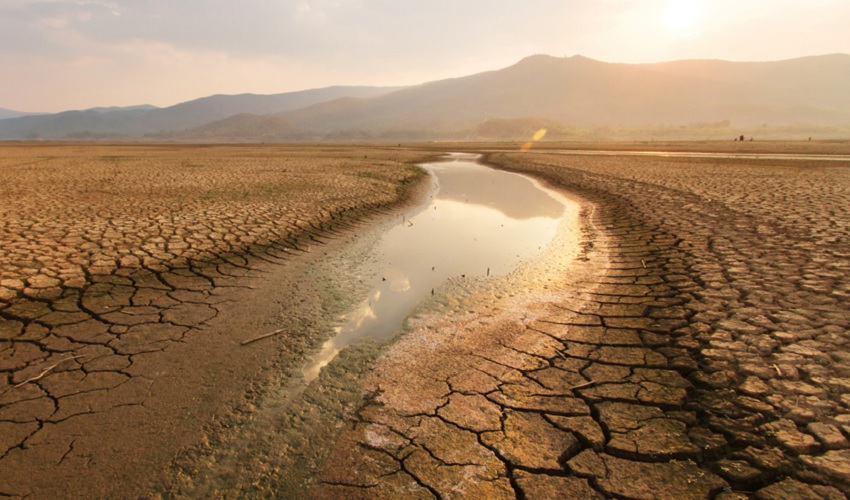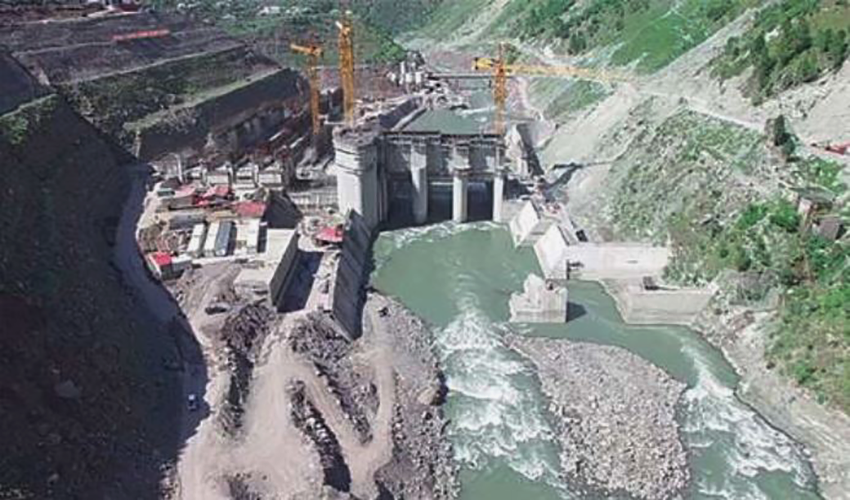Climate
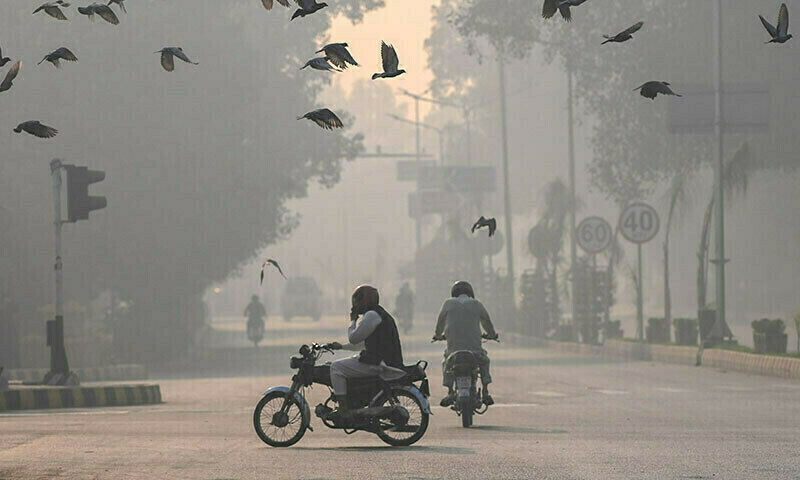
Pakistan has been ranked as the third most polluted country in the world in 2024, as per the latest IQAir World Air Quality Report released by Swiss air technology company IQAir. The country faced an unprecedented smog season, particularly in Punjab, where air pollution levels were declared a calamity and nearly two million people sought medical treatment for pollution-related illnesses.
Global Air Pollution Rankings
According to the report, Chad topped the list as the world’s most polluted country, followed by Bangladesh in second place. Pakistan, the Democratic Republic of Congo, and India secured the third, fourth, and fifth spots, respectively.
The report found that Pakistan’s PM2.5 concentration (fine particulate matter less than 2.5 microns in diameter) averaged 73.7 micrograms per cubic metre (μg/m³), which is 15 times higher than the safe limit set by the World Health Organisation (WHO).
Despite the record-breaking smog, Pakistan’s annual pollution levels remained unchanged from 2023.
Pakistan’s Most Polluted Cities
Pakistan ranked second in Central and South Asia, just behind Bangladesh, with several cities among the most polluted in the region:
- Lahore
- Multan
- Peshawar
- Sialkot
Among these, Lahore, Peshawar, Islamabad, and Rawalpindi experienced a spike in air pollution levels, while Faisalabad saw a slight increase.
Interestingly, Karachi witnessed an improvement, with PM2.5 levels dropping from 55 μg/m³ in 2023 to 46 μg/m³ in 2024.
Causes of Air Pollution in Pakistan
The IQAir report identified the primary sources of Pakistan’s high pollution levels, including:
✅ Biomass burning
✅ Industrial emissions
✅ Vehicular pollution
✅ Brick kilns and construction dust
During November, five Pakistani cities recorded PM2.5 levels above 200 μg/m³, highlighting the severity of pollution.
Health Impact of Smog
A separate study by international insights firm Ipsos revealed that 70% of Pakistan’s population experienced health issues due to the worsening air quality.
Globally, air pollution remains a major environmental health risk, with 8.1 million premature deaths linked to air pollution in 2021, according to the State of Global Air 2024 report.
Global Comparison
- India, though ranked 5th, was home to six of the world’s nine most polluted cities.
- Byrnihat (India) was identified as the world’s most polluted metropolitan area, with a PM2.5 level of 128.2 μg/m³, 25 times the WHO-recommended limit.
- New Delhi remained the world’s most polluted capital, followed by N’Djamena (Chad) and Dhaka (Bangladesh).
On the other hand, Oceania remained the cleanest region, with 57% of its cities meeting WHO guidelines.
Countries Meeting WHO Air Quality Standards
Only seven countries had PM2.5 concentrations within the WHO safe limits:
🌿 Estonia
🌿 Iceland
🌿 Australia
🌿 New Zealand
🌿 Bahamas
🌿 Grenada
🌿 Barbados
The report also noted a slight improvement worldwide, with 17% of studied cities meeting WHO air quality standards in 2024, compared to 9% in 2023.
Government Response and Future Outlook
To combat pollution, the Pakistani government implemented emergency measures, such as:
🚫 Lockdowns in smog-affected areas
🏫 Temporary school closures
🚙 Traffic restrictions
Despite these efforts, long-term solutions such as better urban planning, green energy adoption, and stricter environmental regulations are necessary to improve air quality and public health.
